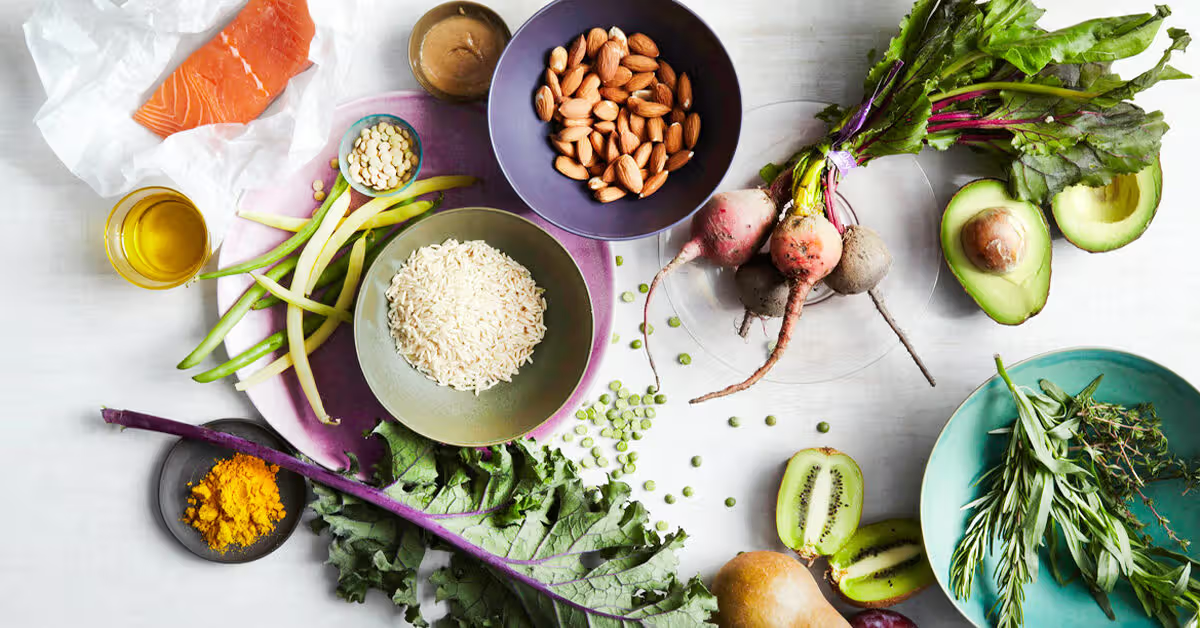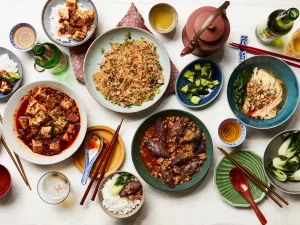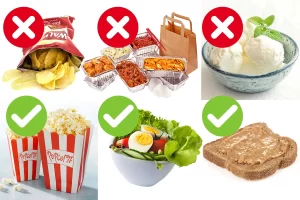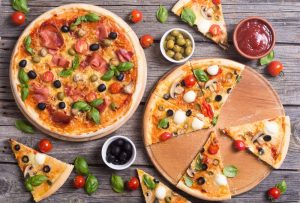Healthy Snacks To Lose Weight
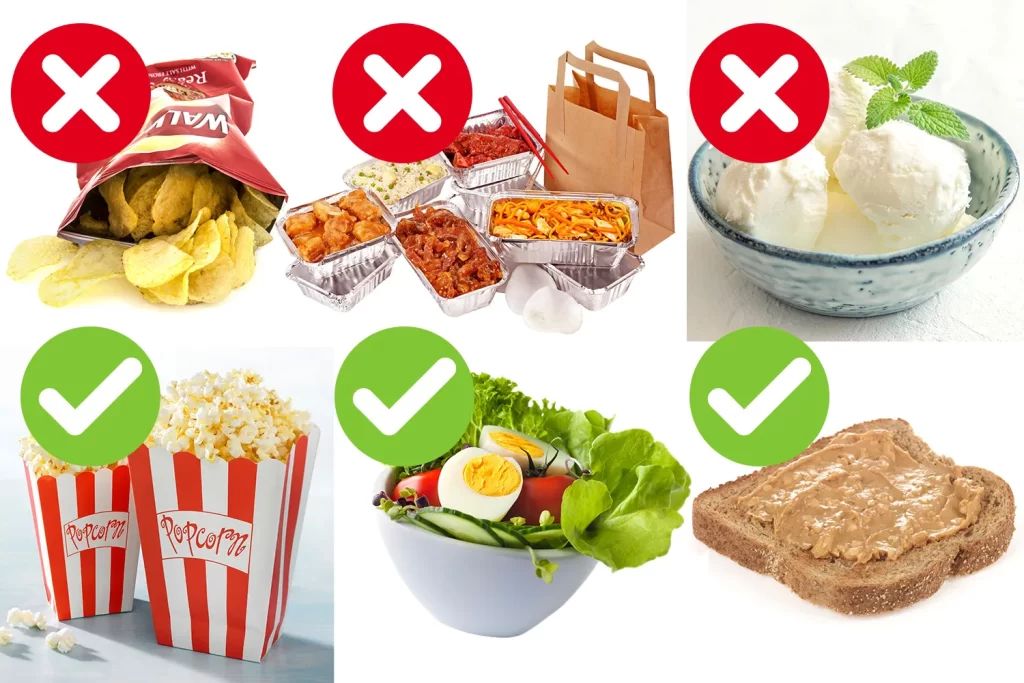
15 Healthy Snacks
Snacking refers to eating smaller amounts of food in between meals. Eating snacks that are high in protein, fiber and healthy fats can help you feel fuller throughout the day.(Healthy Snacks)
While the science on whether or not snacking helps you lose weight is mixed, there is some evidence that increasing your snacking frequency may help you manage your hunger and improve your blood sugar regulation.
Snacking can also help you eat more nutrient-dense foods such as fruits and vegetables, and most people don’t eat enough of these (source).
If you plan ahead and focus on foods that are high in nutrients, snacks can support your weight loss goals by helping you manage hunger and keep you full between meals.
There is no guarantee that any of these 15 healthy snacks will help you lose weight, but they can be part of a healthy eating plan.
1. Mixed nuts (Healthy Snacks)
Nuts are one of the best snacks you can have. They’re packed with healthy fats, proteins, and fiber, and they’re loaded with many health benefits.
Nuts are also incredibly filling. Studies have shown that consuming nuts in moderation can help with weight loss.
Because of their high calorie content, it’s best to stick to eating about 1 ounce of nuts per day (1/4 cup).
2. Red Bell Pepper With Guacamole (Healthy Snacks)
While all bell peppers are good for you, red bell peppers are especially high in antioxidants.
Guacamole is a great source of many nutrients and minerals.
1 large red bell pepper (60g) + 1/4 cup guacamole (200g)
Also Read : Weight Loss Management
3. Greek Yogurt And Mixed Berries (Healthy Snacks)
Greek yogurt is packed with protein and berries are known to be one of the top sources of antioxidants in the world.
Mix a variety of different colored berries into your yogurt for a wide range of nutrients — as well as a variety of sweet and tart flavors.
4. Apple Slices With Peanut Butter
As a fruit, apples are rich in fiber. Peanuts, on the other hand, are a great source of healthy fats and plant-based proteins, as well as fiber, which is one of the most filling nutrients you can find in a snack.
Apple and peanut butter go together for a delicious, crunchy snack. Just make sure you choose one that only has peanut butter, salt, and no sugar.
5. Cottage Cheese And Fruit
Cottage cheese is packed with protein, with 25 grams in just one cup. When paired with fruit, cottage cheese’s protein and fat content are balanced by the fiber in the fruit, making it a delicious and filling snack.
Pair it with tropical fruits like pineapple, papaya or watermelon for a sweet, creamy snack.
6. Celery Sticks With Cream Cheese
Celery sticks and cream cheese are a go-to low-carb snack that can help you stay full.
A celery stick with cream cheese is a delicious combination of crunchy celery and creamy cream cheese.
5 small celery sticks and about 1 oz. of cream cheese gives you about 100 calories.
7. Kale Chips
Kale is one of the healthiest leafy greens on the planet. It’s packed with fiber, antioxidants and minerals, and has a much lower oxalic acid content (an antioxidant that blocks calcium absorption) than most other leafy greens.
When kale is mixed with olive oil, you’ll get not only crispy, crunchy chips, but a more balanced and satisfying snack.
8. Dark Chocolate And Almonds
Dark chocolate and nuts are a great combination. Dark chocolates are packed with antioxidants, while nuts are a great source of essential fats. Try adding a few teaspoons of dark chocolates or a few squares of dark chocolate to your favorite snack.
9. Cucumber Slices With Hummus
The freshness and crunch of the cucumber perfectly complements the creamy texture of the hummus. Hummus is usually made with chickpeas and contains a blend of tahini and olive oil, as well as garlic. It is a plant-based source of protein, fiber and heart-friendly fats.
1 cup of sliced cucumber (104 g) mixed with 2 tablespoons of hummus (34 g) keeps you full for less than 100 calories.
10. A Piece Of Fruit
Fruit is one of the most satisfying snacks you can have in your day. It’s packed with fiber and minerals, making it a great snack that’s easy to grab and go.
Some of the most portable fruits you can get your hands on are bananas, apples and pears, as well as grapefruits like grapefruit and oranges.
To make your fruit snack even more enjoyable, try adding nuts or yogurt to it.
11. Cherry Tomatoes With Mozzarella
Tomatoes + Mozzarella + Balsamic vinegar + Drizzle of Olive Oil
A delicious and nutritious way to incorporate more vegetables into your diet
Tomatoes and Mozzarella with Balsamic Vinegar & Drizzle Of Olive Oil is a delicious and nutritious snack that provides protein, fiber and healthy fats.
12. Chia Pudding
Chia seeds, also known as chia seeds, are small seeds that are packed with fiber, high in omega-3s, and high in plant-based proteins.
While chia seeds don’t have much of a taste, when soaked in water, they become jelly-like, making them ideal for making puddings.
13. Hard-Boiled Eggs
Eggs have a high protein content, making them incredibly filling.
Eggs also contain cholesterol. However, recent studies have shown that moderate egg consumption (3–4 eggs a week) has been linked to a reduction in arterial stiffness (a risk factor in heart disease).
Eat the yolk of an egg to get important vitamins and minerals (Vitamin D, choline, etc.).
14. Baby Carrots With Blue Cheese Dressing
Adding carrots to a creamy salad dressings or dip is a good idea. Not only does it keep you full longer, but it also helps your body absorb the fat-soluble vitamin A in carrots.
Although blue cheese dressing is high in calories on its own, it may increase your intake of carrots (or other vegetables).
A serving of 3.5 ounces (100 g) of baby carrots and 2 tablespoons (30 g) blue cheese dressing is a light snack that contains about 190 calories.
15. Cheese With Crackers Or Fruit
Cheese is an excellent source of high-quality, high-protein foods. It’s also a great snack because it’s so filling. However, if you pair it with whole grain crackers or fruit, you’ll get some fiber added to your snack as well.
While cheese is a great source of protein, it’s important to note that the amount of protein and calcium in cheese varies slightly depending on what type of cheese you’re eating.
Also Visit My tech Site: Non Technical Informations

